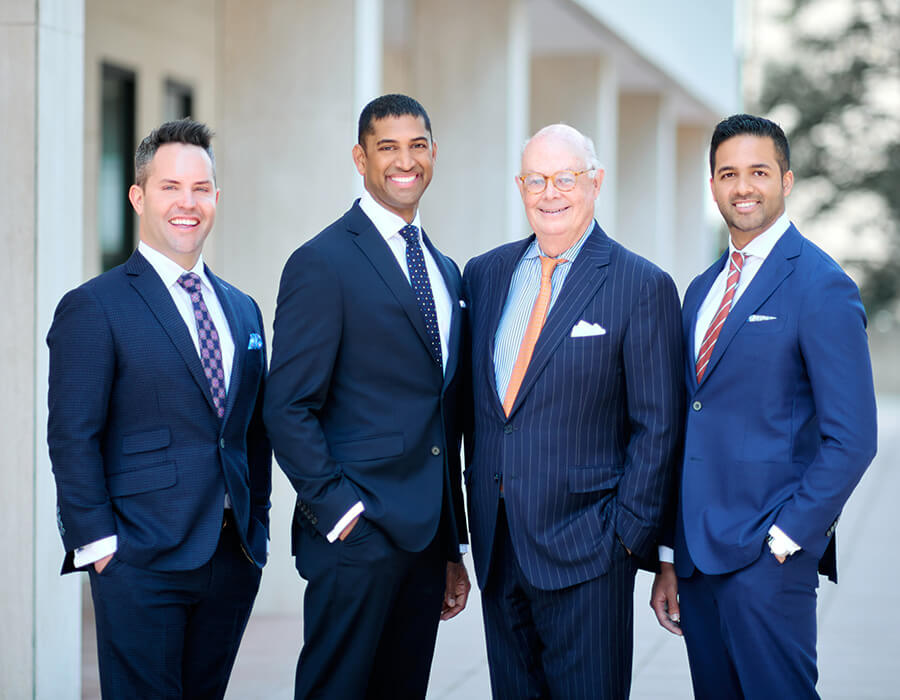SIEA flap reconstruction is performed under anesthesia for the patient’s comfort. During the procedure, skin, fat, and blood vessels are taken from the lower abdominal area and moved to the breast area. Using microsurgery, the blood vessels are carefully reattached to ensure live tissue and the breast mound is recreated.
SIEA Flap
SIEA flap is an autologous breast reconstruction technique standing for the superficial inferior epigastric artery. The technique is similar to the DIEP flap technique, using only skin, fat, and blood vessels; however, a different section of the blood vessels in the abdominal area are used. Breast reconstruction patients from Washington, DC; Chevy Chase and Bethesda, MD; Arlington and Fairfax, VA; visit the experienced team at Center for Plastic Surgery for this and many other advanced techniques.



The Benefits of SIEA Flap
SIEA flap technique offers the benefits of other muscle sparing techniques by saving on recovery time. The technique offers another benefit over DIEP flap by eliminating the need for a fascia incision. This also makes for a quicker procedure process.
Who Is a Candidate?
Candidates for this type of reconstruction are those who wish to utilize a muscle sparing technique. Patients must have enough excess fat and tissue in the abdominal area to work with in order to be considered for the procedure. This technique should only be done if patients have not undergone a previous abdominal procedure. Patients must also have large enough blood vessels to ensure a successful reattachment.
A Reputation Built on Results

ESTABLISHED EXCELLENCE
Choose the experts that locals know and trust. Our multigenerational practice includes board-certified plastic surgeons who provide the best possible care with state-of-the-art technology.
The Procedure
Results and Recovery
Patients can expect some recovery and downtime after SIEA flap reconstruction. Common side effects include swelling, bruising, soreness, and a loss of sensation. Patients should avoid movement that could strain the abdominal or newly constructed breast. Strenuous activity should also be avoided for four to six weeks.
Once the initial swelling and side effects have diminished, patients will be able to see their newly constructed breast, which should look similar to their natural one. Scars will be located across the lower abdominal and in the breast crease, but these should fade with time and be easily concealed.
Schedule Your Complimentary Consultation
To meet with a surgeon in person, request a complimentary consultation using our online form. CPS has been helping patients feel more confident since 1986. We pride ourselves on providing a comfortable, caring environment for our patients.